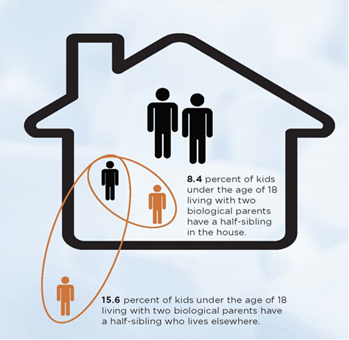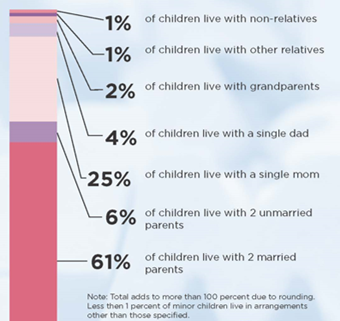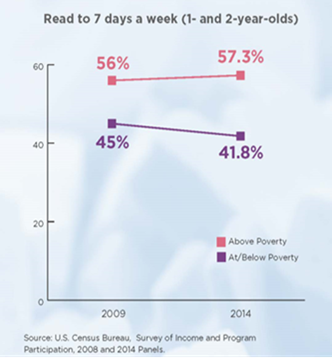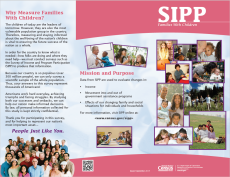Families With Children
Why Measure Families with Children?
The children of today are the leaders of tomorrow. However, they are also the most vulnerable population group in the country. Therefore, measuring and staying informed about the well-being of the nation’s children is vital to ensuring the future success of the nation as a whole.
In order for the country to know what is needed—how people like you are doing and where people in your community need help– we conduct surveys like the SIPP to collect this information.
Because our country is so populous (over 300 million people), we can only survey a scientific sample of the whole population. Thus, your answers to this survey represent thousands of Americans!
Americans work hard every day, achieving triumphs and facing struggles. By studying both our successes and setbacks, we can help our nation make informed decisions. By law, all personal information collected for this study is kept strictly confidential.
Thank you for participating in this survey, and for helping to represent our nation’s most important asset… People Just Like You.
Mission and Purpose
Data from SIPP are used to evaluate changes in:
- Income
- Movement into and out of government assistance programs
- Effects of our changing family and social situations for individuals and households
For more information, visit SIPP online at: www.census.gov/sipp
SIPP Captures Complex Families
- Families in the United States have become more complex in recent decades, due in part to high rates of divorce and nonmarital fertility.
- New data from the U.S. Census Bureau allow us to examine how many parents in the United States have children with more than one person.

Children’s Living Arrangements
Children today have increasingly diverse living arrangements. In 1991, 73 percent of children under age 18 lived with two parents. In December of 2013, 67 percent of children under age 18 lived with two parents.
Using SIPP data from the 2014 Panel, we’ve learned the following:

Child Well-Being
Children living above the poverty level are read to more often than children living below the poverty level.

Source: U.S. Census Bureau, Survey of Income and Program Participation, 2008 and 2014 Panels.
Click here to access the full Brochure PDF with images and charts and graphs.




